Bioluminescent Wave Watching In SoCal: Your Guide To Spring And Fall Viewing

Table of Contents
Southern California offers a breathtaking spectacle during spring and fall: bioluminescent waves! This mesmerizing natural phenomenon transforms the ocean into a swirling display of electric blue light, a truly unforgettable sight. This guide will help you plan your perfect bioluminescent wave watching experience in SoCal.
Understanding Bioluminescence in SoCal
Bioluminescence in SoCal waters is primarily caused by single-celled organisms called dinoflagellates, a type of phytoplankton. These microscopic marvels possess the remarkable ability to produce light through a chemical reaction. This light emission, a form of bioluminescence, is often triggered by movement in the water, creating the stunning glowing waves we witness. The intensity of the bioluminescence is influenced by several factors. Water temperature plays a crucial role; dinoflagellates thrive in warmer waters, leading to more vibrant displays. Ocean currents also play a part, transporting these organisms and influencing their concentration in certain areas. Nutrient levels in the water also affect their populations.
The best times of year to witness this magical phenomenon are spring and fall. While often associated with red tides, it's important to note that while red tides can sometimes coincide with increased bioluminescence due to a high concentration of dinoflagellates, red tides are not always harmful and the bioluminescence itself is a completely separate, natural event.
- Peak bioluminescence usually occurs after sunset. The darkness enhances the visibility of the glowing waves.
- Water temperature plays a critical role in dinoflagellate activity. Warmer waters generally lead to more intense displays.
- Look for dark, calm waters for optimal viewing. Waves breaking on the shore often create the most spectacular effect.
- Red tides can sometimes enhance the bioluminescent display, although this is not always the case.
Best Locations for Bioluminescent Wave Watching in SoCal
Several locations along the Southern California coastline are renowned for their bioluminescent displays. Finding the perfect spot depends on your preference for accessibility and crowd levels.
- La Jolla Cove: This iconic cove, near San Diego, is a popular spot for bioluminescence viewing, offering easy access and stunning coastal scenery. However, expect larger crowds, especially during peak season.
- Coronado Beach: Known for its wide, sandy shores, Coronado Beach provides ample space for observing the bioluminescence. It's generally less crowded than La Jolla Cove.
- Huntington Beach: While perhaps less famous for bioluminescence than some other locations, Huntington Beach offers a chance to witness this phenomenon in a different setting.
- Laguna Beach: With its diverse coastline, Laguna Beach offers several secluded coves and beaches where you might find less crowded viewing opportunities. Explore the various beaches to find your hidden gem.
- Secret Spots (for experienced explorers): Researching less-popular beaches along the SoCal coast could lead you to discover your own secret bioluminescent viewing spot. However, always prioritize safety and respect for the environment.
Tips for an Unforgettable Bioluminescent Wave Watching Experience
Planning ahead will significantly enhance your bioluminescent wave watching experience. Aim for nights without a full moon; the darker the sky, the more visible the bioluminescence will be. Bring a red-light flashlight; red light preserves your night vision better than white light. Dress warmly, as nights near the ocean can be chilly, even in spring and fall. Remember to check tide charts before you go, planning your visit around low tide for optimal viewing.
- Use a red light flashlight to preserve your night vision.
- Dress warmly; nights can be cool near the ocean.
- Check tide charts before your visit. Plan your trip around low tide for optimal viewing.
- Be mindful of wildlife and avoid disturbing the natural environment.
- Bring a tripod for better nighttime photography. Long exposure photography is key for capturing the bioluminescence.
For photography enthusiasts, a DSLR camera with a tripod and a wide-angle lens is recommended. Experiment with long exposure settings to capture the ethereal glow.
Conclusion
Bioluminescent wave watching in SoCal is a truly unforgettable experience, offering a unique connection with the natural beauty of the Pacific Ocean. By understanding the science behind this phenomenon and choosing the right time and location, you can maximize your chances of witnessing this magical display. Plan your SoCal bioluminescence adventure today! Search for the best bioluminescent wave watching locations near you, and prepare to be amazed by the vibrant spectacle of Southern California's glowing waves this spring and fall. Don't miss out on this extraordinary natural light show – start planning your bioluminescent wave watching trip now!

Featured Posts
-
 Kee Summer Concert Series In Bala Your Victoria Day Weekend Plans
May 30, 2025
Kee Summer Concert Series In Bala Your Victoria Day Weekend Plans
May 30, 2025 -
 Des Moines Middle School Track Meet Canceled Shots Fired Nearby
May 30, 2025
Des Moines Middle School Track Meet Canceled Shots Fired Nearby
May 30, 2025 -
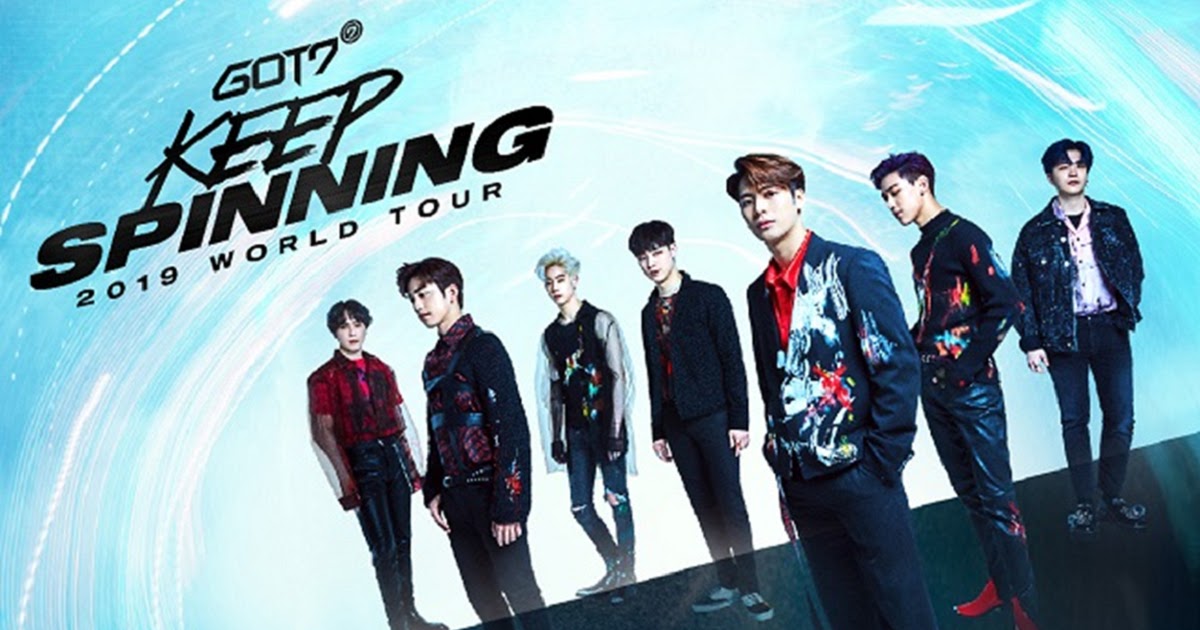 Gorillaz Celebrate Anniversary With House Of Kong Concerts A Fans Guide
May 30, 2025
Gorillaz Celebrate Anniversary With House Of Kong Concerts A Fans Guide
May 30, 2025 -
 Epirocs Adr Programs Deutsche Bank Named Depositary Bank
May 30, 2025
Epirocs Adr Programs Deutsche Bank Named Depositary Bank
May 30, 2025 -
 Local Iowa High School Track And Field State Results May 22 25
May 30, 2025
Local Iowa High School Track And Field State Results May 22 25
May 30, 2025
Latest Posts
-
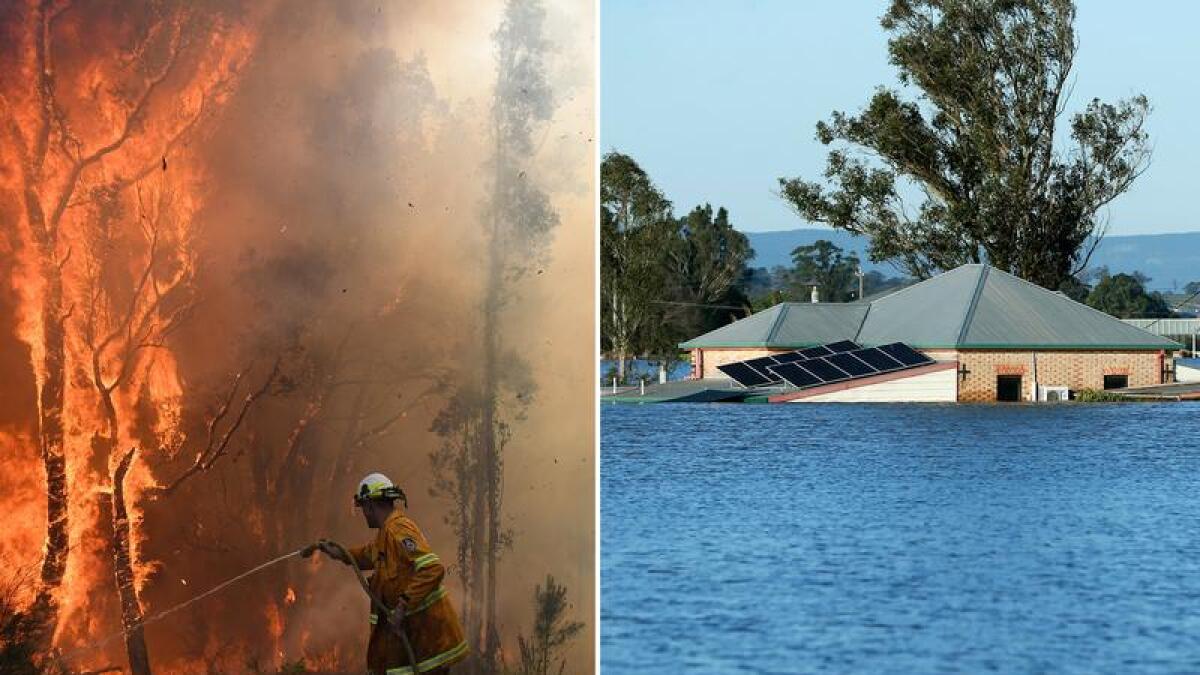 New Report Highlights Dangerous Climate Whiplash Impacts On Global Cities
May 31, 2025
New Report Highlights Dangerous Climate Whiplash Impacts On Global Cities
May 31, 2025 -
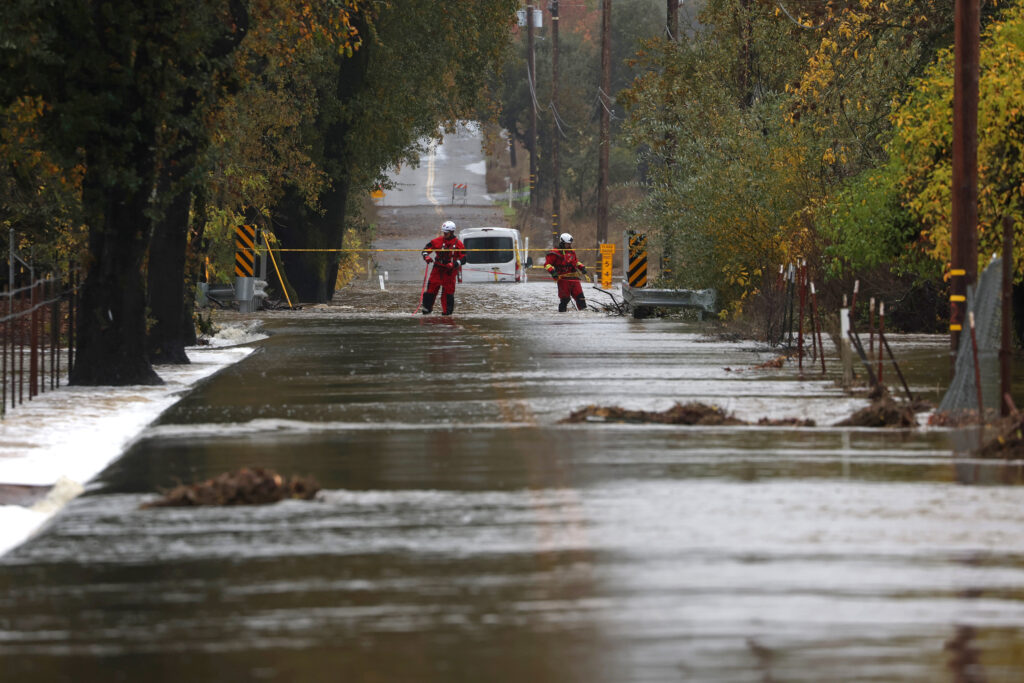 Climate Whiplash A New Threat To Cities Worldwide
May 31, 2025
Climate Whiplash A New Threat To Cities Worldwide
May 31, 2025 -
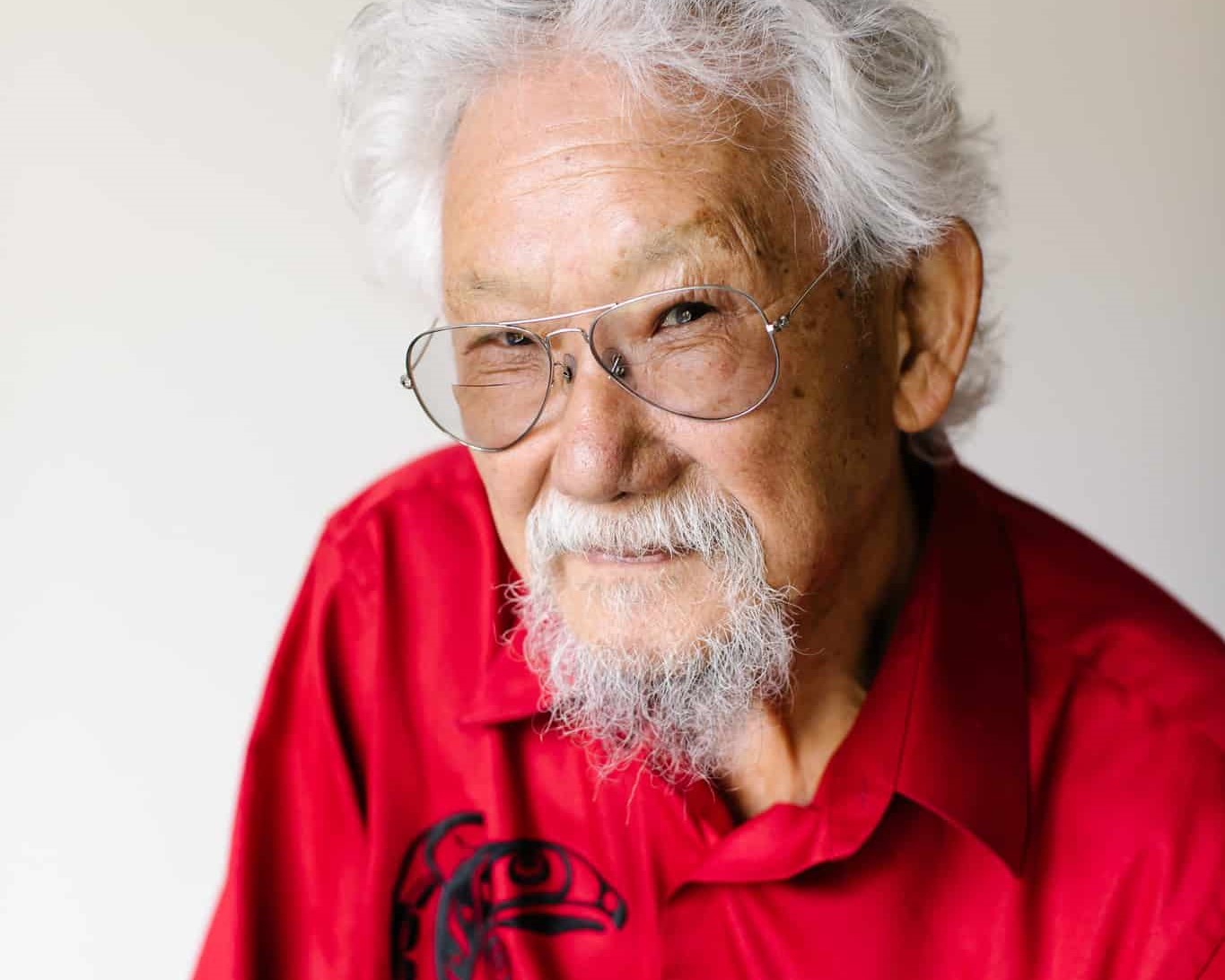 Dangerous Climate Whiplash Global Cities Face Impacts New Report Reveals
May 31, 2025
Dangerous Climate Whiplash Global Cities Face Impacts New Report Reveals
May 31, 2025 -
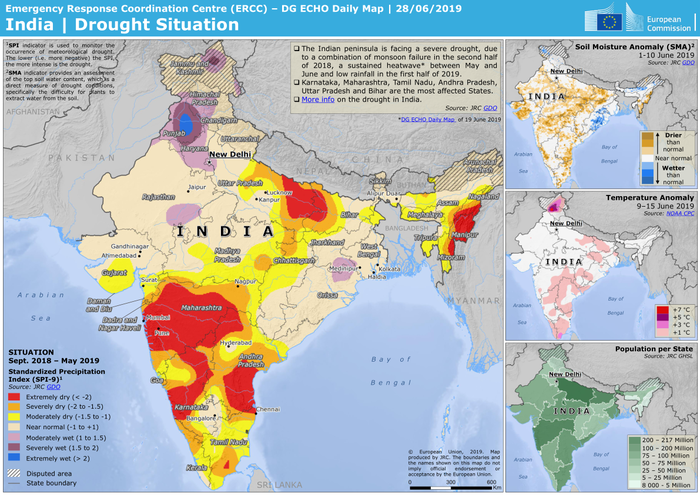 Spring 2024 A Historical Echo And Its Significance For Summer Drought
May 31, 2025
Spring 2024 A Historical Echo And Its Significance For Summer Drought
May 31, 2025 -
 Wherry Vets Bungay Planning Bid Approved
May 31, 2025
Wherry Vets Bungay Planning Bid Approved
May 31, 2025
